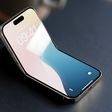Apple has purchased Silicon Valley-based wireless chip developer Passif Semiconductor, reports technology writer Jessica Lessin. The company, which Apple has reportedly been after for several years, specializes in low-power communication chips that could be used to improve battery life in wearable devices such as Apple’s rumored iWatch.

Passif develops communication chips that use very little power. Its technology, which includes a radio that works with a low-energy version of Bluetooth called Bluetooth LE, is promising for health-monitoring and fitness devices that need extra-long battery life. (Apple, of course, is working on one of those.)
Apple has confirmed the acquisition, with Apple spokeswoman Amy Besette giving AllThingsD the following statement: "Apple buys smaller technology companies from time to time, and we generally do not discuss our purpose or plans."
According to rumors, battery life is one area where Apple has struggled in its iWatch development. A report in March suggested that the batteries in Apple’s iWatch prototypes were only lasting a couple of days, with the company targeting at least 4–5 days of battery life.
After trademarking the iWatch name in a number of countries, Apple has been pouring its resources into the smart watch in recent months. The company hired a number of new employees to join the iWatch team, including health sensor experts, as the iWatch is said to focus on health related applications and biosensors.
Passif's low-power chip technologies could also be used in other Apple products going forward, improving battery life across the board. In addition to Passif, Apple has acquired a number of other small companies in recent months, including Locationary and HopStop.


 Earlier this year, the trade organization behind the USB 3.0 specification
Earlier this year, the trade organization behind the USB 3.0 specification 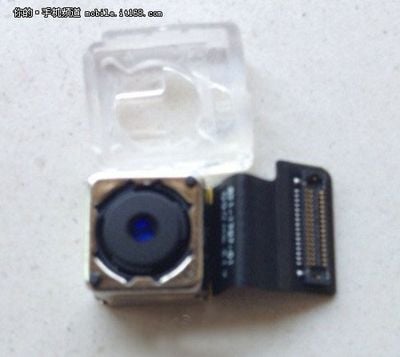
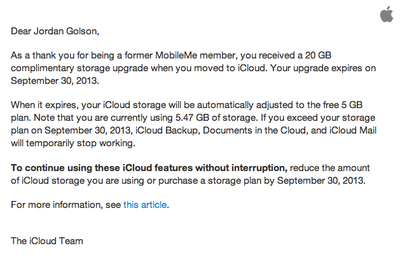

 Netflix
Netflix  Semiconductor manufacturer
Semiconductor manufacturer 
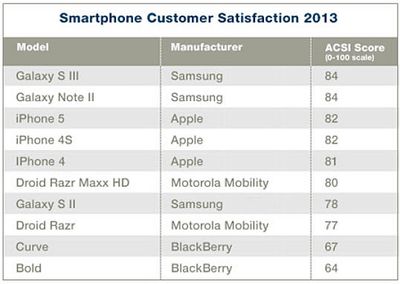
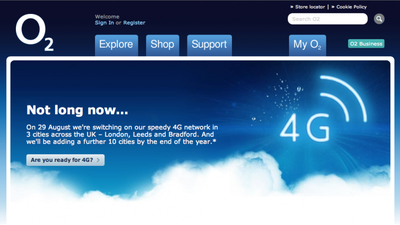
 Double Fine Productions, the company founded by video game designer Tim Schafer, has launched
Double Fine Productions, the company founded by video game designer Tim Schafer, has launched 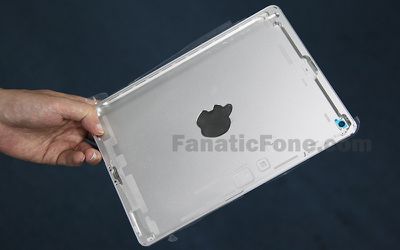
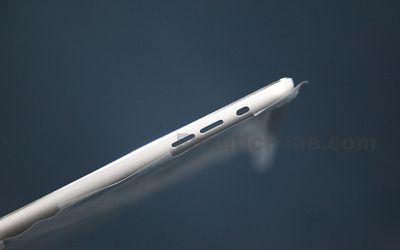
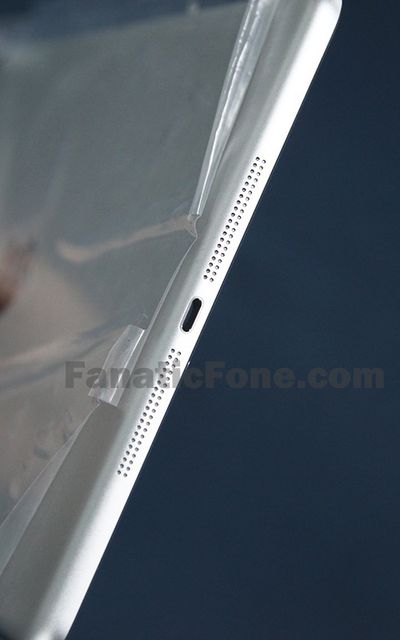

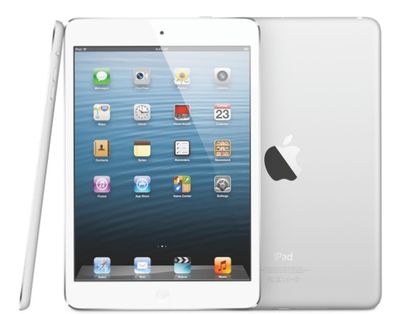


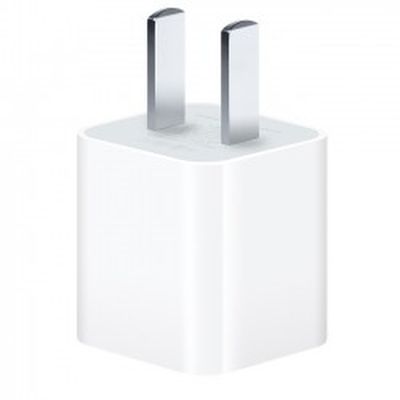 Earlier this year, a trio of computer scientists
Earlier this year, a trio of computer scientists 
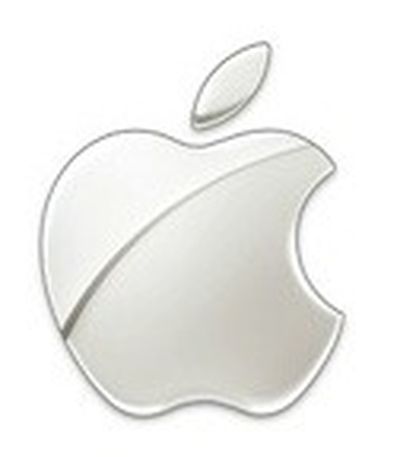 Apple directors Bill Campbell and Millard Drexler recently exercised and sold more than 42,000 Director Stock Options according to documents filed today with the SEC.
Apple directors Bill Campbell and Millard Drexler recently exercised and sold more than 42,000 Director Stock Options according to documents filed today with the SEC.







